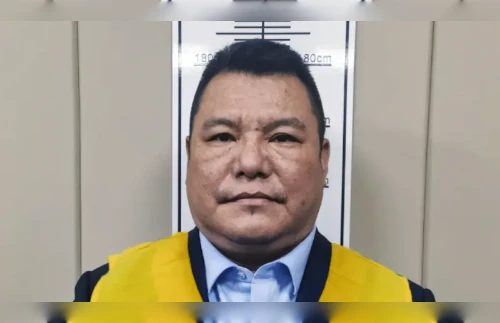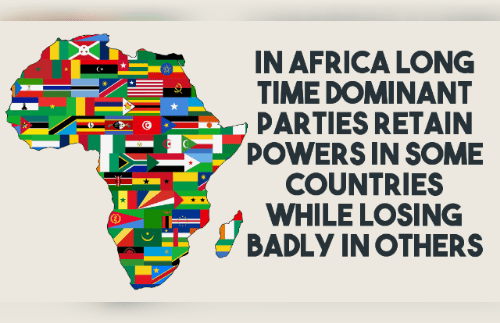
 Headlines
Headlines- False or misleading informations are spread by organizations posing as legitimate media outlets in an attempt to twist public opinion in favor of a certain ideology.
- On social media,watch out for fake messages,pictures,Videos and news.
- Always Check Independent Fact Checking Sites if You Have Some Doubts About the Authenticity of Any Information or Picture or video.
- Check Google Images for AuthThe Google Reverse Images search can helps you.
- It Would Be Better to Ignore Social Media Messages that are forwarded from Unknown or Little-Known Sources.
- If a fake message asks you to share something, you can quickly recognize it as fake messege.
- It is a heinous crime and punishable offence to post obscene, morphed images of women on social media networks, sometimes even in pornographic websites, as retaliation.
- Deepfakes use artificial intelligence (AI)-driven deep learning software to manipulate preexisting photographs, videos, or audio recordings of a person to create new, fake images, videos, and audio recordings.
- AI technology has the ability to manipulate media and swap out a genuine person's voice and likeness for similar counter parts.
- Deepfake creators use this fake substance to spread misinformation and other illegal activities.Deepfakes are frequently used on social networking sites to elicit heated responses or defame opponents.
- One can identify AI created fake videos by identifying abnormal eye movement, Unnatural facial expressions, a lack of feeling, awkward-looking hand,body or posture,unnatural physical movement or form, unnatural coloring, Unreal-looking hair,teeth that don't appear natural, Blurring, inconsistent audio or noise, images that appear unnatural when slowed down, differences between hashtags blockchain-based digital fingerprints, reverse image searches.
- Look for details,like stange background,orientation of teeth,handsclothing,asymmetrical facial features,use reverse image search tools.














